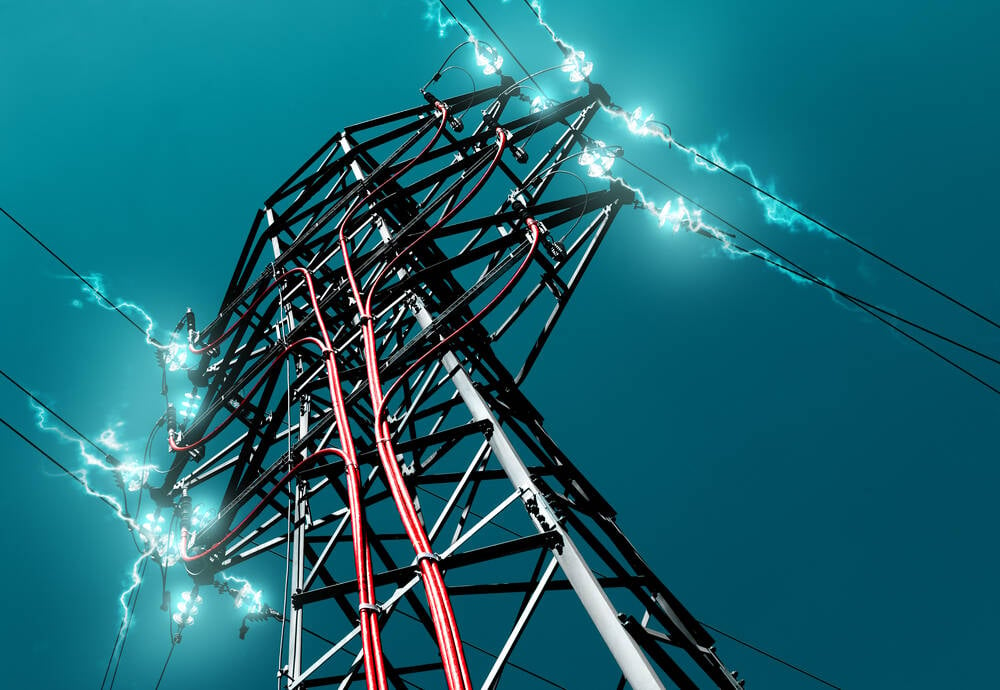The UK government's AI Energy Council held its first meeting this week, in an attempt to square the circle of its AI ambitions with the state of the country's power infrastructure and having the most expensive energy in Europe. Energy industry representatives such as the infrastructure operator NESO*, EDF, Scottish Power, and the regulator Ofgem were joined by technology firms Microsoft, Arm, Google and Amazon, for a cozy chat in Whitehall hosted by Technology Secretary Peter Kyle and Energy Secretary Ed Miliband. This first meeting was simply to agree on the council's objectives, with a focus on reconciling the government's "clean energy superpower mission" with its stated aim of building out enough datacenter infrastructure to make the country an "AI superpower.
" According to the Department for Science, Innovation and Technology (DSIT), the proceedings included an agreement on the council's five areas of focus for the coming year. The main focus will be ensuring the UK's energy system is ready to support the country's AI and compute infrastructure, it says. Another area of concern will be promoting sustainability and the use of renewable energy solutions.

The council also seeks to promote the safe and secure adoption of AI across the energy system whilst also looking into how AI might support the transition to net zero, by making the grid more flexible. This could prove a tough challenge, as the government's AI Opportunities Action Plan, detailed in January, included plans for the setting up of "AI Growth Zones" around the country with streamlined planning processes to expedite the building of more energy-hungry datacenters. According to Technology Secretary Peter Kyle, there have now been over 200 applications from local areas putting themselves forward to become AI Growth Zones.
He claimed that these are being sited in areas which can access at least 500 MW of power, representing the equivalent of enough energy to power roughly two million homes. As The Register has previously reported, at least one such project said to be under consideration is at a decommissioned power station, which has the advantage of an existing connection to the electricity grid. But where will the extra energy come from? Last year, the CEO of energy company National Grid* warned that datacenter power consumption is on track to grow 500 percent over the next decade.
Energy Secretary Ed Miliband claimed that Ofgem and the National Energy System Operator (NESO) were set to deliver "fundamental reforms" to the UK's connections process, and this could release "more than 400 GW of capacity from the connection queue," which would allow projects considered more vital to economic growth, such as new large scale AI datacentres. A report out earlier this year claimed that London alone has over 400 GW worth of outstanding requests for connection to the power grid, many of which were just "clogging up the pipeline." Jonathan Brearley, CEO of Ofgem said in a supplied remark that "As part of our Clean Power Action Plan, the government is getting more homegrown clean power connected to the grid by building the necessary infrastructure, prioritising the projects needed for 2030 to connect as much clean power as possible.
" The council had also better plan to do something about energy costs, as the UK has among the most expensive electricity in the world, according to the Institute of Economic Affairs (IEA). In a recent report , it noted that "UK industrial electricity prices at 25.85p/kWh are the highest of the 28 countries covered by the IEA report.
UK prices are some four times those in the US, 2.6 times those of Korea and 46 percent higher than the IEA median." We asked Ed Miliband's office, the Department for Energy Security and Net Zero (DESNZ) what measures, if any, it intended to take to alleviate this, but we have yet to receive a response.
The AI Energy Council will meet on a quarterly basis, with the next meeting scheduled for sometime this summer. ® * Just to confuse you, National Grid isn't actually in charge of the national grid. The UK's 2023 Energy Act nationalized the transmission grid owned by National Grid plc under a new public body, the National Energy System Operator (NESO).
.
Technology

OK great, UK is building loads of AI datacenters. How are we going to power that?

Practical matters like being 1 of most expensive energy regions in Europe focuses minds at AI Energy Council meeting The UK government's AI Energy Council held its first meeting this week, in an attempt to square the circle of its AI ambitions with the state of the country's power infrastructure and having the most expensive energy in Europe....














